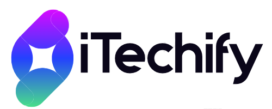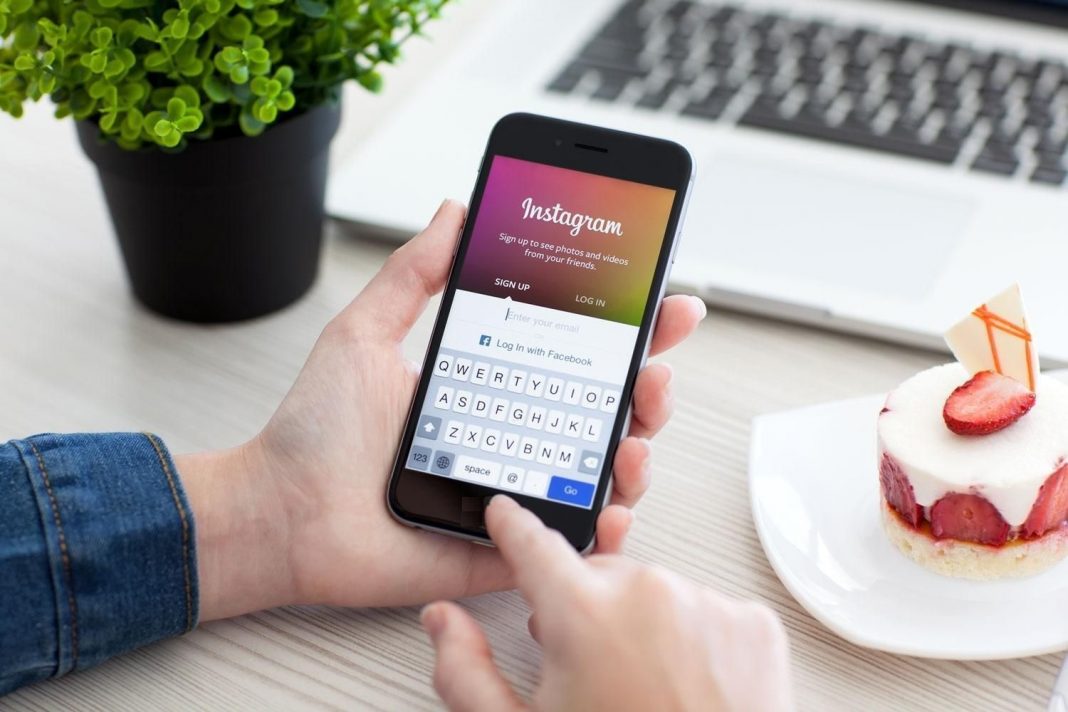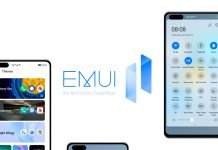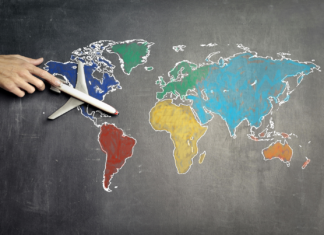In this guide, you will find step-by-step instructions on how to install Google Services (also known as GMS and Google apps) on your Huawei P60 device running EMUI 13. The reason behind this guide dates back to May 2019, when Huawei was added to the “Entity List” by the United States government due to national security concerns. While the official reason was national security, some experts argue it was more of a trade market concern. This decision prevented US companies from conducting business with Huawei and has had significant consequences for the Chinese tech giant. Notably, Huawei’s competitive position alongside Apple and Samsung in smartphone manufacturing at the time made this move even more impactful.
Google was one of the companies impacted by certain restrictions. As a result, Huawei devices could no longer include the Google Play Store, Play Services, and other important software components. This meant that newer devices, such as the Huawei P60, could not access any Google apps or services.
Installing Google Apps on Huawei P60
While the steps may seem numerous, they are straightforward to follow. Begin by installing MicroG, which enables you to install Google Services on your Huawei device. Next, log in to your Google Account on the Huawei P60. Finally, install AuroraStore to install Google apps on the Huawei P60.
Download and Install MicroG on a Huawei Phone:
- Open your phone’s browser and visit the MicroG website.
- Click on the three stripes (☰) in the top-right corner, navigate to Downloads, and download Services Framework Proxy.
- Download two more files: com. google. Android. gms-hw and com. android. vending-hw (hw for Huawei).
- Go to the Download Manager on your Huawei P60 and install the downloaded files in sequence.
- Install GMS first, followed by MicroG Companion (android vending APK), and lastly, MicroG Services Framework Proxy (android gsf apk).
Log in to Your Google Account on Huawei P60:
- Open Settings, go to Apps & services, and then Apps.
- Search for MicroG, open MicroG Services, and enable Google Device Registration, Cloud Messaging, and Google SafetyNet.
- Perform a Self-Check in MicroG Services, enabling all listed items and granting necessary permissions.
- Allow MicroG Services App to draw over other apps.
- Go back to MicroG Settings, click on Account, and log in to your Google account.
- Return to the phone’s Settings menu, go to “User and Accounts,” select “Google,” and turn on “Allow Apps to Find Accounts” in Legacy Settings.
Note: When trying to add your Google account on MicroG and logging in, you may encounter an error message stating “Problem Communicating with Google Servers.” Here is a guide on how to fix it.
Install AuroraStore to Download and Install Google Apps on Huawei P60:
- Visit the AuroraOSS website and download the stable AuroraStore APK.
- Install the downloaded AuroraStore APK on your Huawei phone.
- Open AuroraStore, select the appropriate installer (Session Installer), and customize the System Theme and Accent.
- In AuroraStore, tap on “Unverified Links,” check the “Market Android” and “Play Google” options, and proceed.
- Proceed to tap on Installer Permission to authorize it. This action will navigate you to the “Install apps from external sources” settings. Activate the “Allow App Installs” option here.
- Next, select External Storage Manager within the Permissions tab and tap on Grant. Choose the Aurora Store. On the subsequent screen, activate the “Allow Access to All Files” option.
- Tap on Finish.
Update Google Play Services and Install Android System Webview:
- Open AuroraStore and go to the Update tab.
- Hold Google Play Services and add it to the blacklist to prevent automatic updates.
- Search for Android System WebView in AuroraStore and install it on your Huawei phone.
- You can now install all the other Google Apps on your P60, such as Gmail and Google Photos.
Now that you’ve completed the installation process, you can test if everything works smoothly by downloading essential apps, such as Gmail, YouTube, and Chrome, on your Huawei phone. Despite the hurdles imposed by the US government’s restrictions, Huawei has remained resilient, continuing to develop its HarmonyOS and expanding its AppGallery as a viable alternative to the Google Play Store. The future of Huawei’s relationship with Google and other US companies remains uncertain, influenced by the ever-changing geopolitical landscape and ongoing trade negotiations between the two countries.
If you encounter any issues during the installation process or have questions, please don’t hesitate to leave a comment or contact us. We’re here to help and ensure that your experience with your Huawei device is as seamless as possible.

















